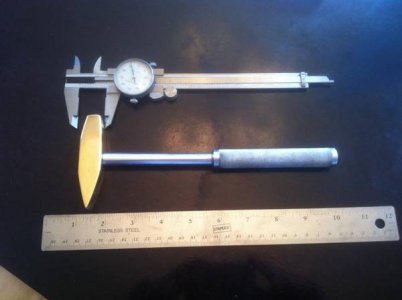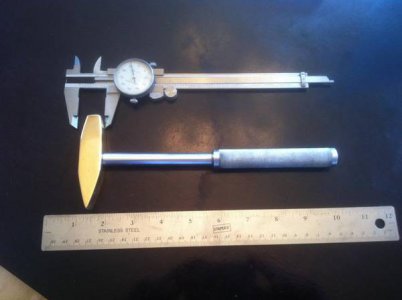I aint talking a true machinist on paper. There are some true machinist IMO that have never left their own garage. I'm talking a guy who can hit the mark, look at a drawing and see how to get to the end result, a problem solver and a thinker. Every one cant be a machinist but anyone can run a machine. The teacher gives us blue prints and send us on our way. Like yours, he has nothing to say unless we are wrong. He even lets us screw our own pooch and learn from it. But with out triangles your not getting to far with him and without gd&t you cant understand the prints. Our current project you need to mill two 20* angles with a reamed hole between them. You need trig for the sine bar and trig to find and check the angles. He dont expect us to know all about gd&t but you cant work off your datum if you dont even know what a datum is.
My point is you can become one of 3 kinds. If you wish to be what I would consider a machinist you need to know alot more then how to run a machine. If you cant find 21* on a lathe using just a indicator your not a machinist. If you cant set 7 holes in a 6.325 Dia circle equally spaced with pen and paper or at least just a calculator your not a machinist. And you almost certainly are not a machinist at the end of most machinist schools. And many who have 30yr on a mill, well they still are not a machinist.
Are you looking for blue prints of things to make? I can copy what we are doing as we do it. What machines do you have access to?


